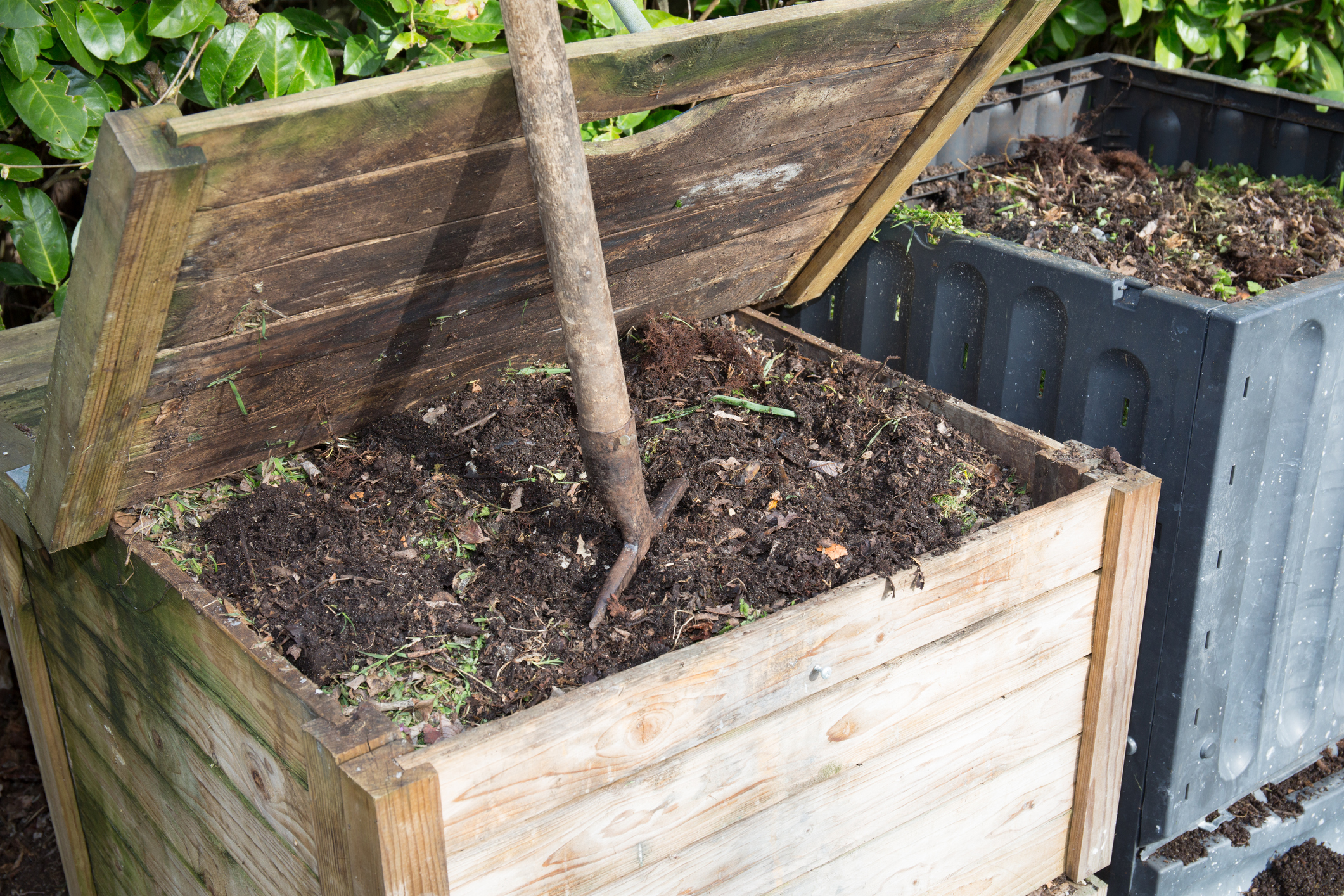Composting at home provides free resource when done right

K-State horticulture expert shares tips for creating nutrient-rich soil
Not much in life is free, but compost can be.
Kansas State University horticulture expert Cynthia Domenghini said composting at home provides gardeners with a free source of nutrient-rich soil. But there are some best practices to make sure it’s a valuable resource.
“Knowing what is in your compost is a great way to ensure you are not introducing problems into the garden,” Domenghini said.
She offers these tips when building a compost pile:
- Turn the pile at least once a month to rotate materials from the center and promote decomposition. The pile will heat up as it decomposes, and cool as decomposition slows.
- Create a depression in the top of the pile to allow water to collect and slowly seep through the layers of the mound.
- When deciding where to establish a compost pile, look for a water source. Water is essential for efficient decomposition. Close proximity to supplemental water will allow you to keep the pile moist even during periods of drought.
- Smaller materials decompose faster. When possible, shred materials before adding them to the heap, especially ‘brown’ material such as dry leaves and twigs.
- Fats and meats should not be added to the compost heap. They attract wildlife.
- Grass clippings from a lawn treated with crabgrass killer should not be composted. If crabgrass preventer or dandelion killer has been used on the lawn, the clippings can be composted only after three mowings.
- Only add fresh plant material that is disease-free.
Domenghini and her colleagues in K-State’s Department of Horticulture and Natural Resources produce a weekly Horticulture Newsletter with tips for maintaining home landscapes and gardens.
Interested persons can subscribe to the newsletter, as well as send their garden and yard-related questions to Domenghini at cdo[email protected], or contact your local K-State Research and Extension office.
PHOTO: View from the top of an open family compost (iStock – OceanProd)



